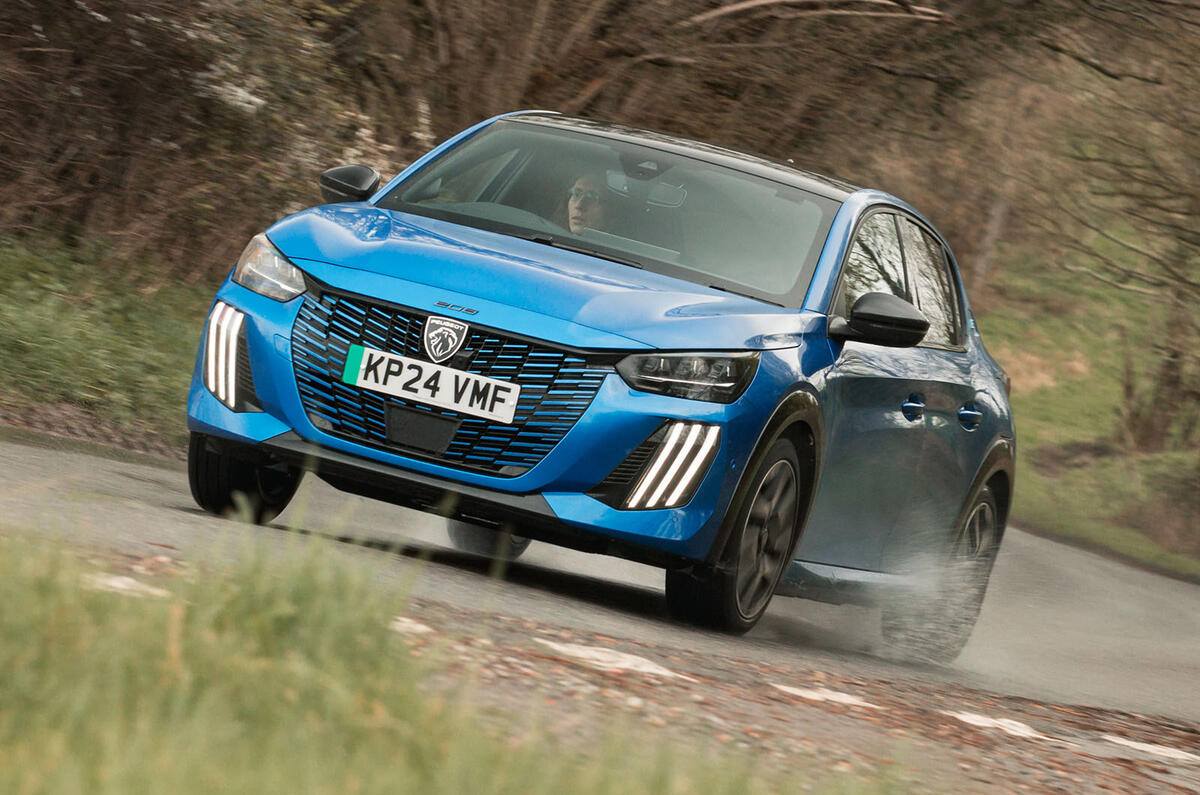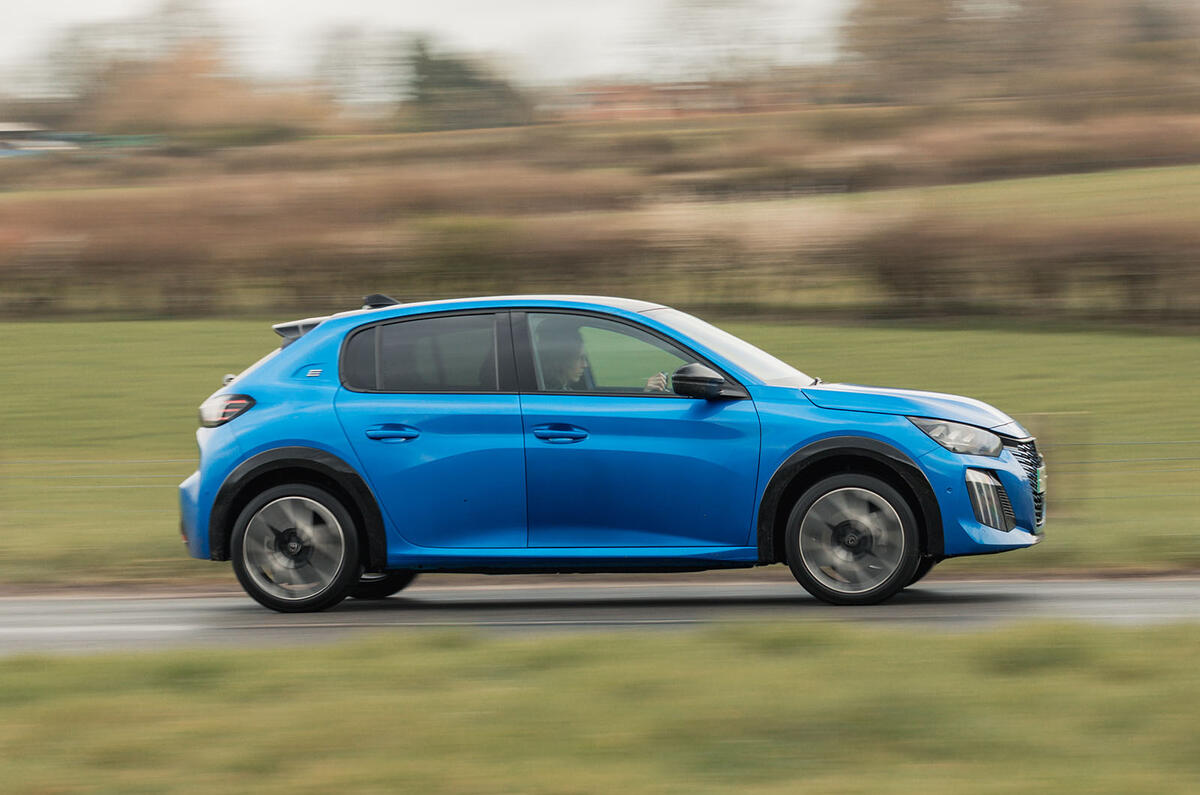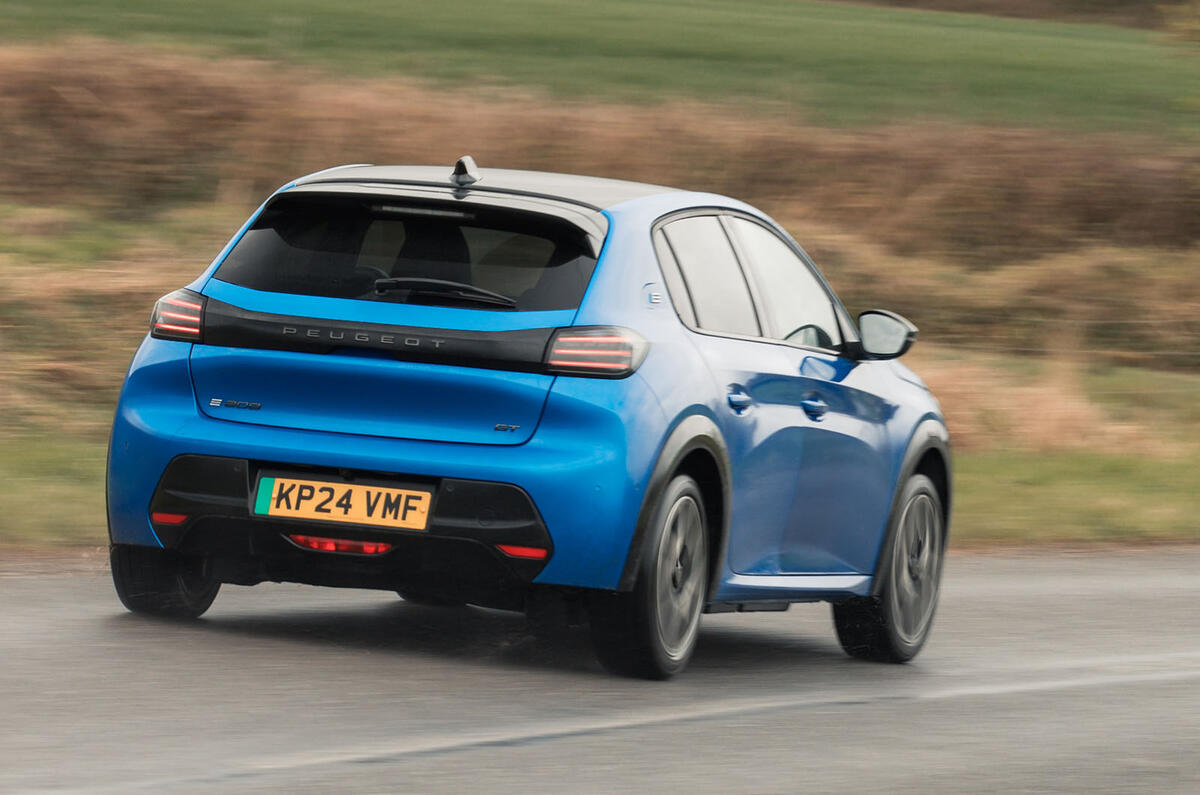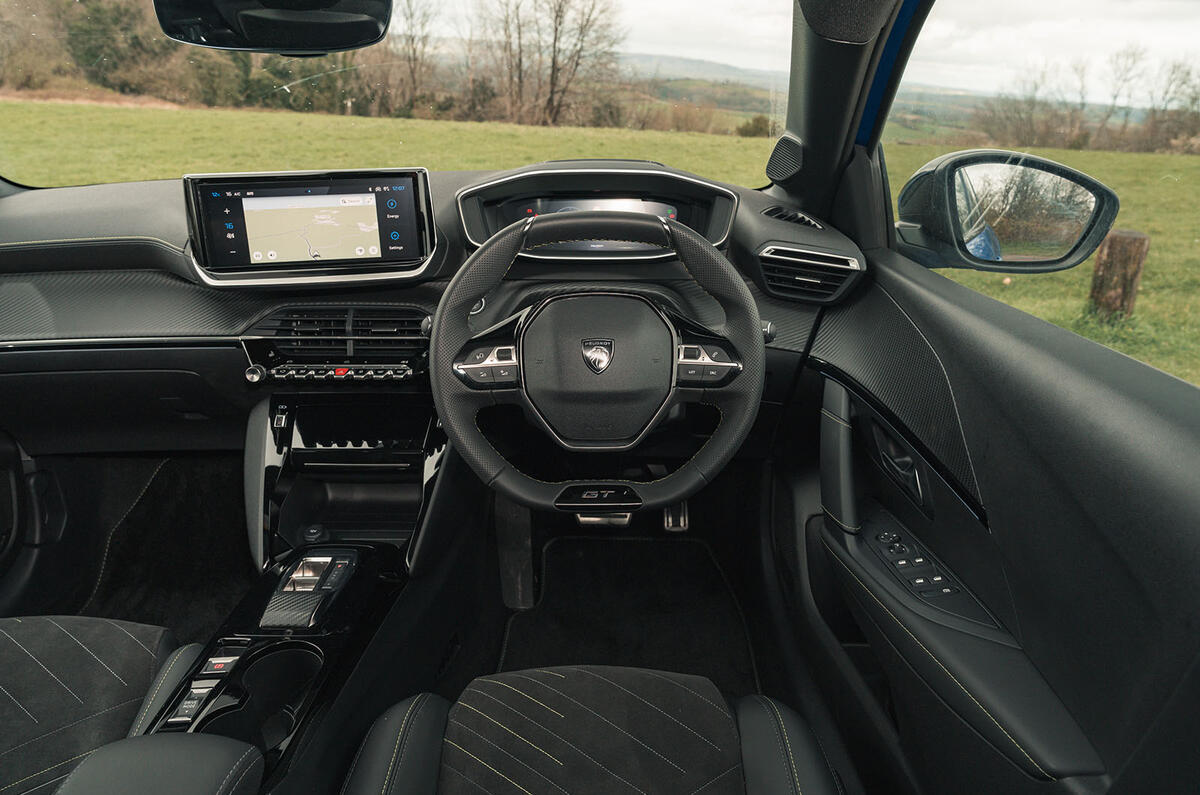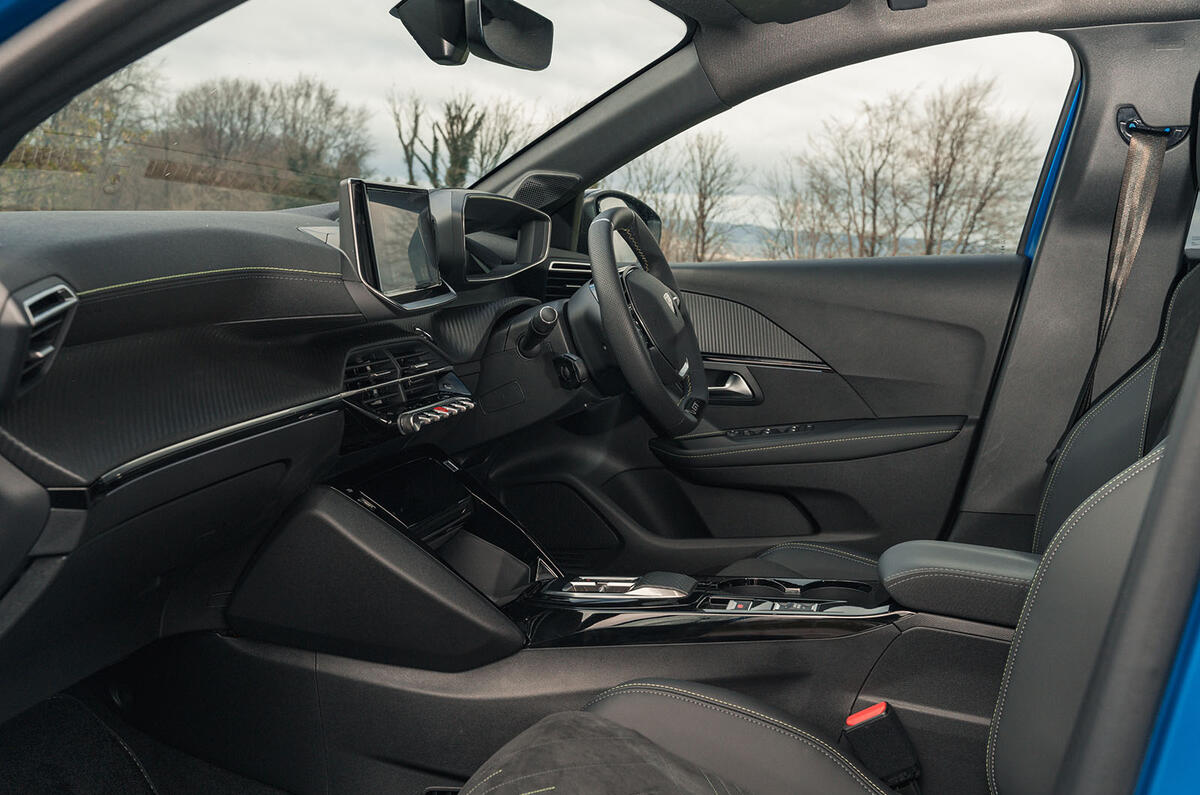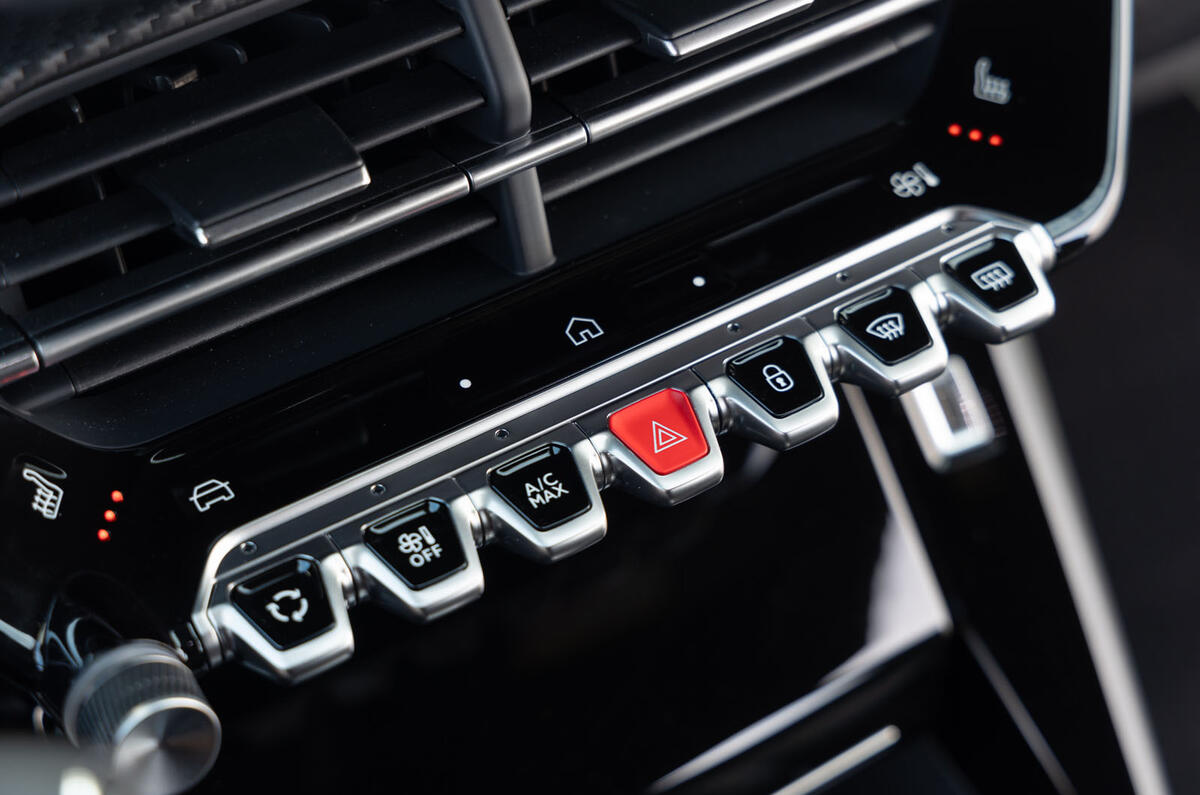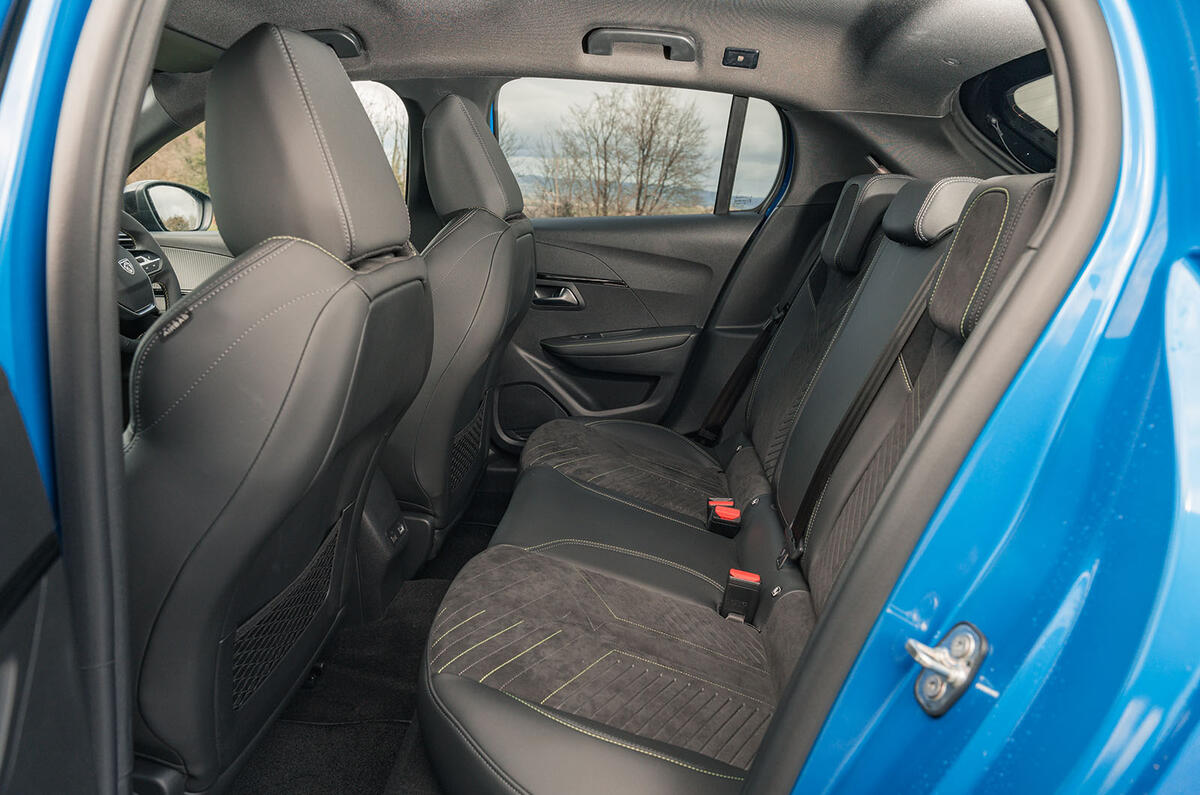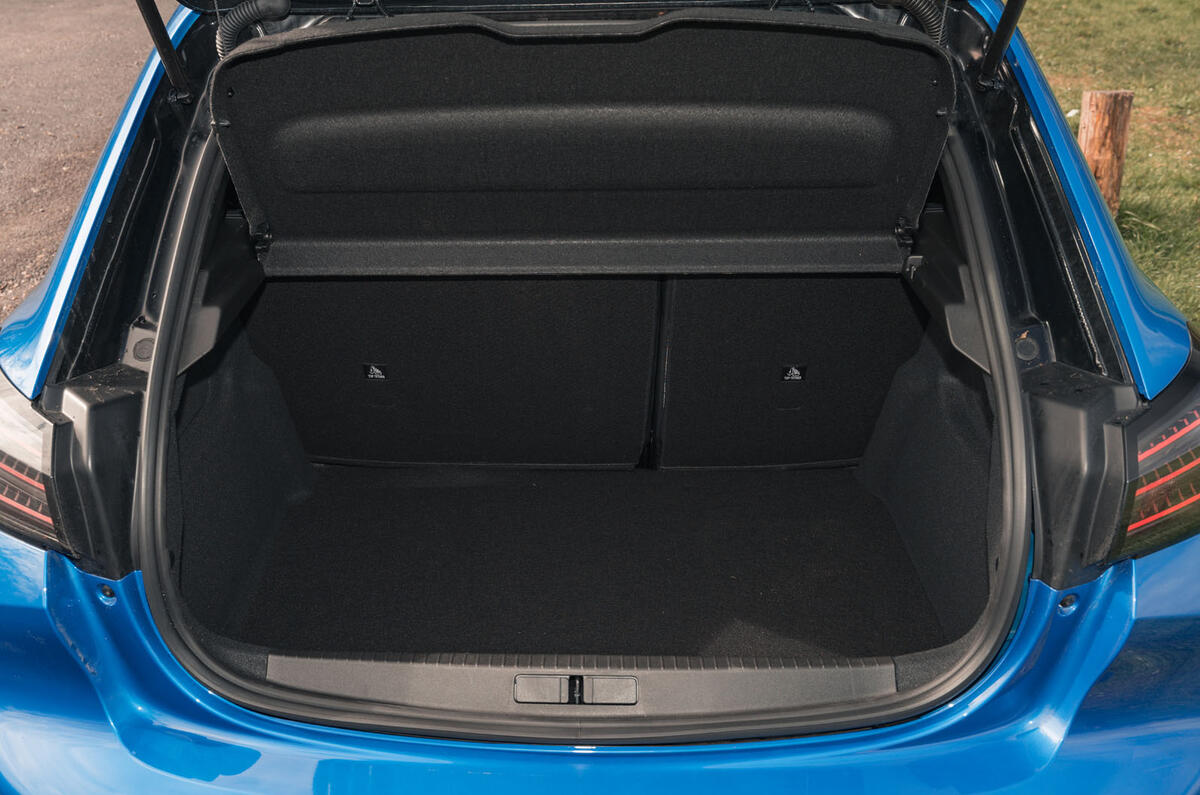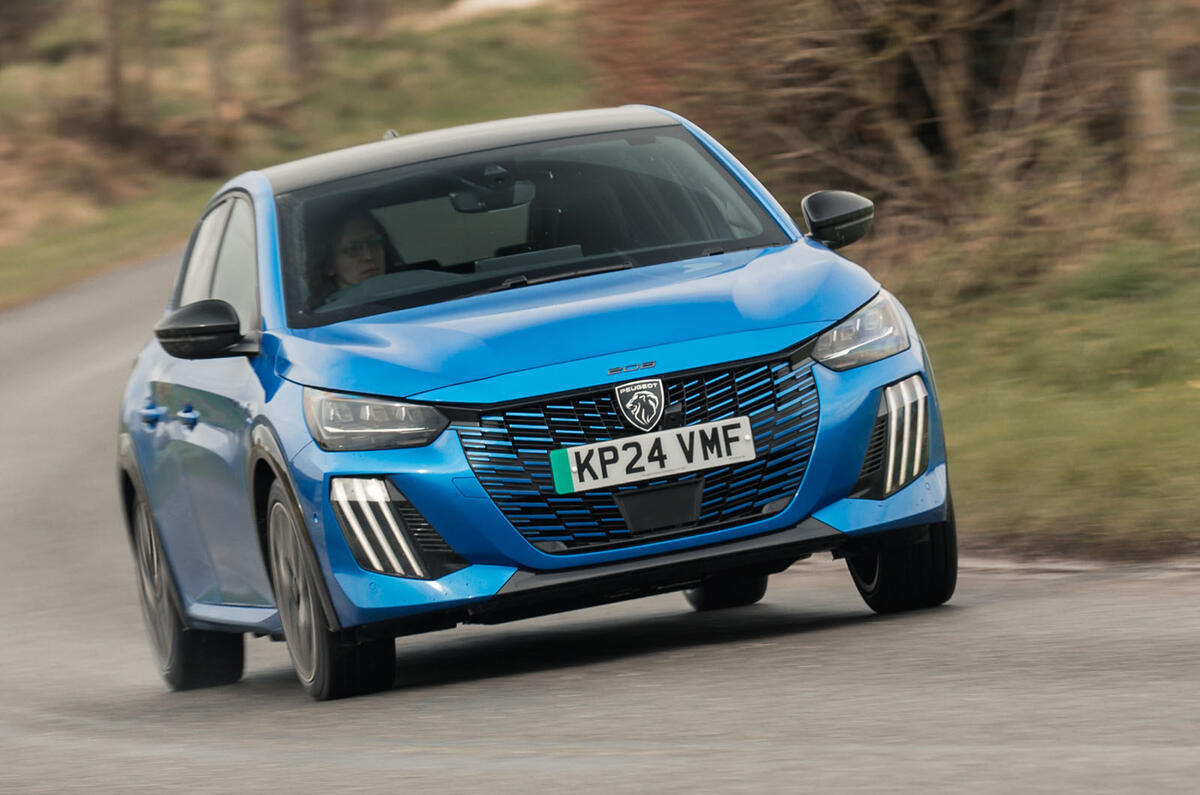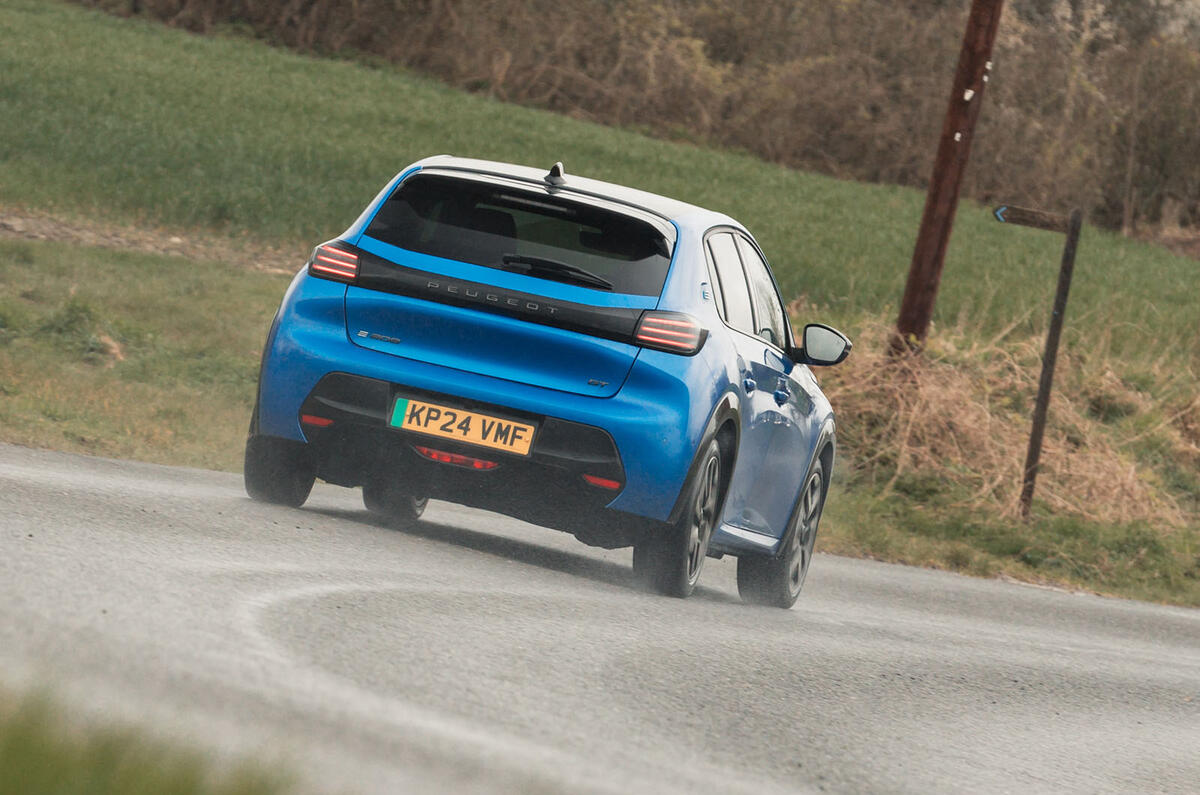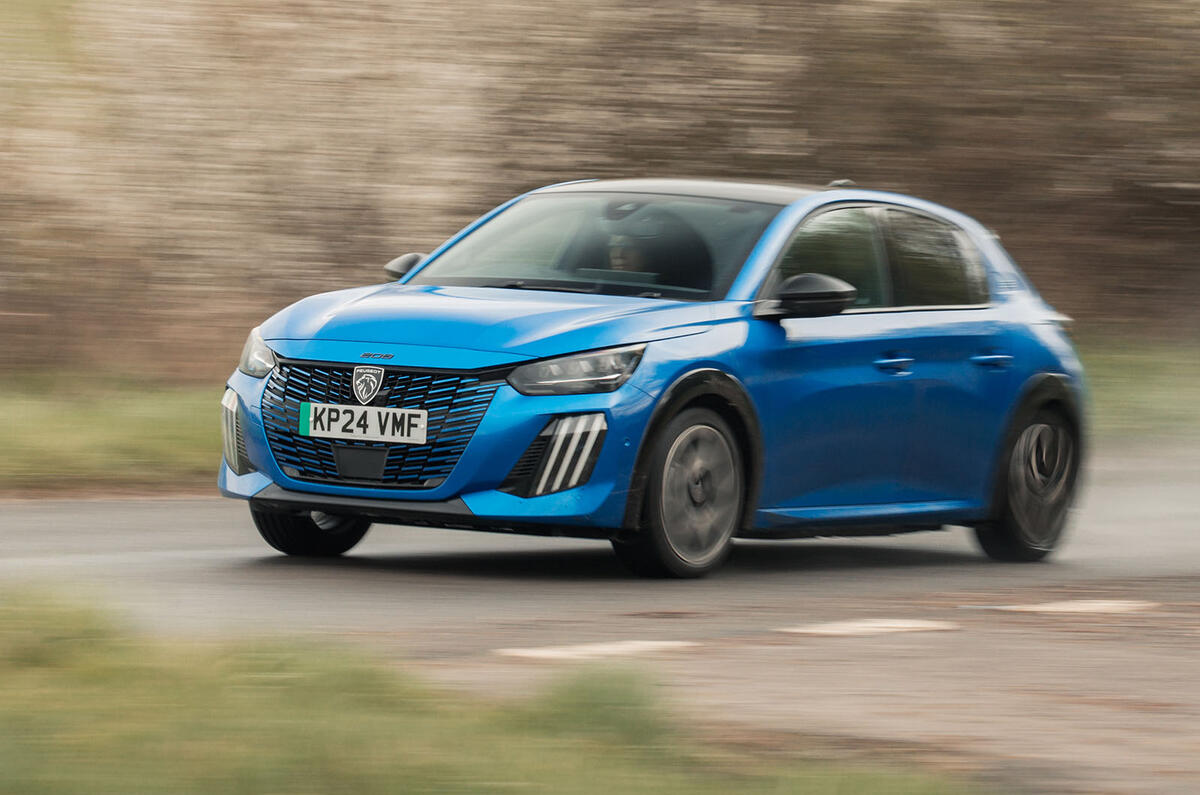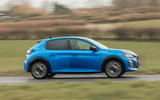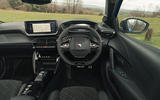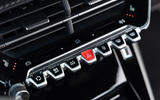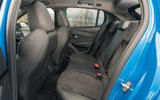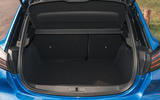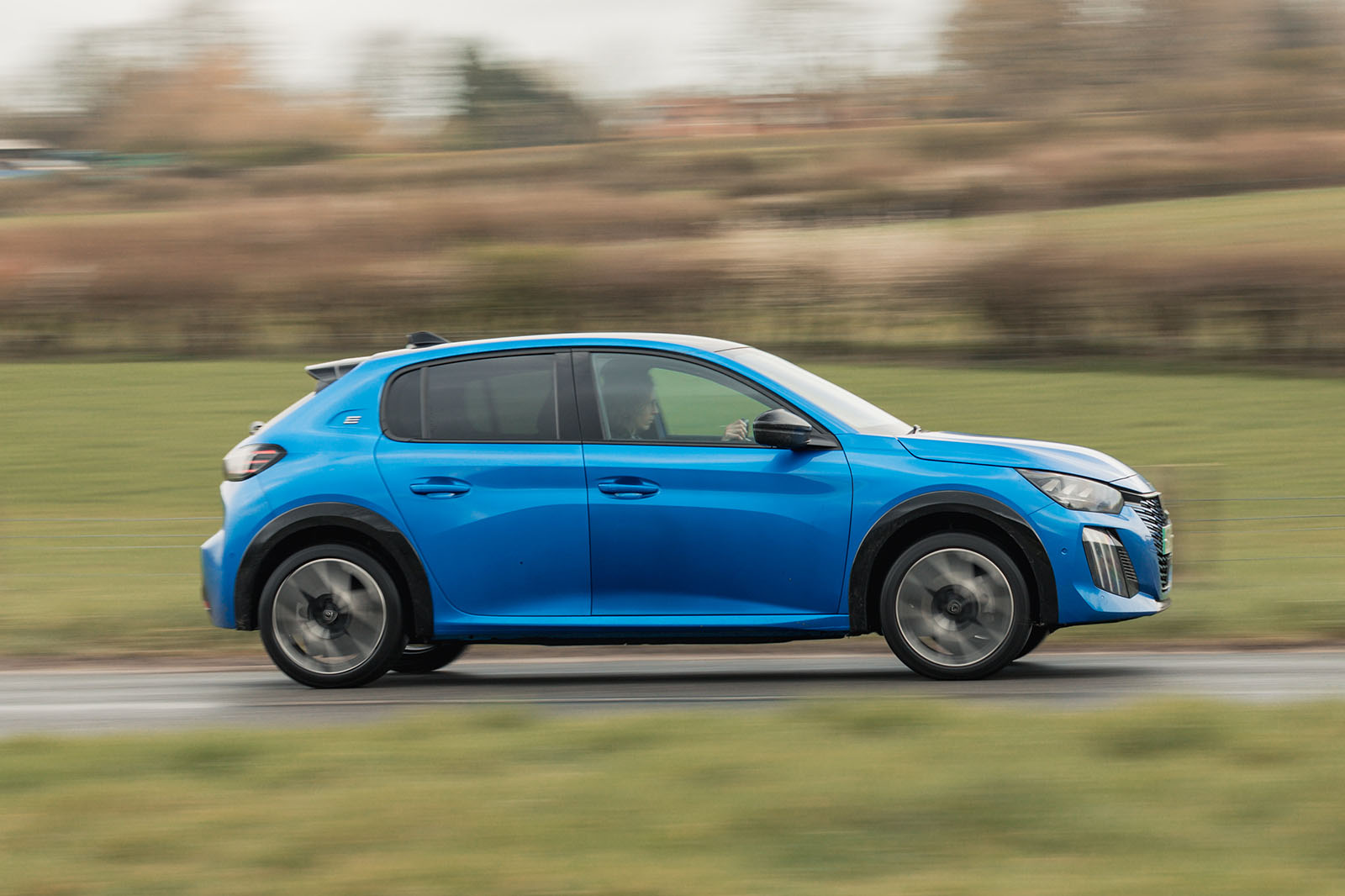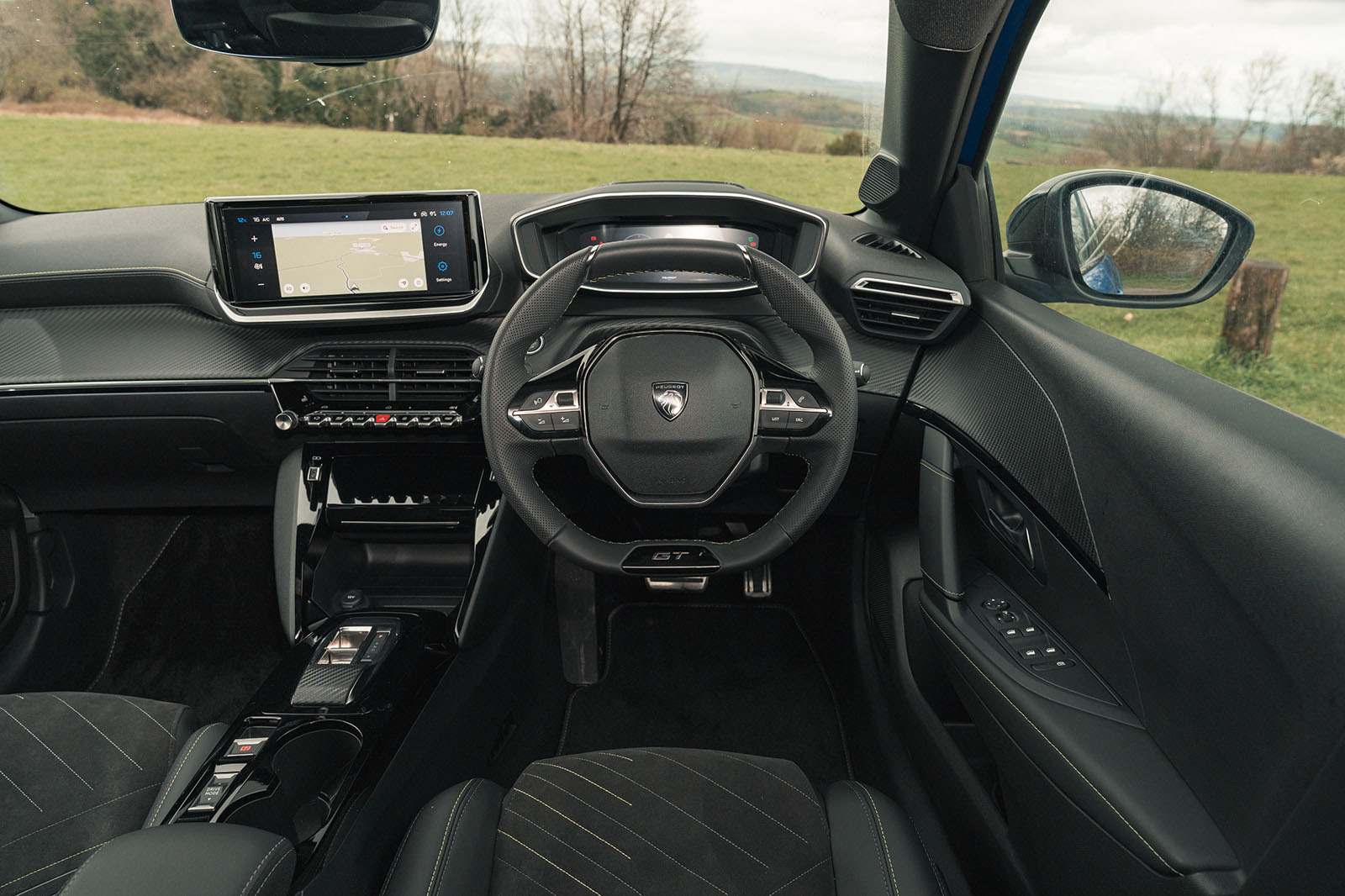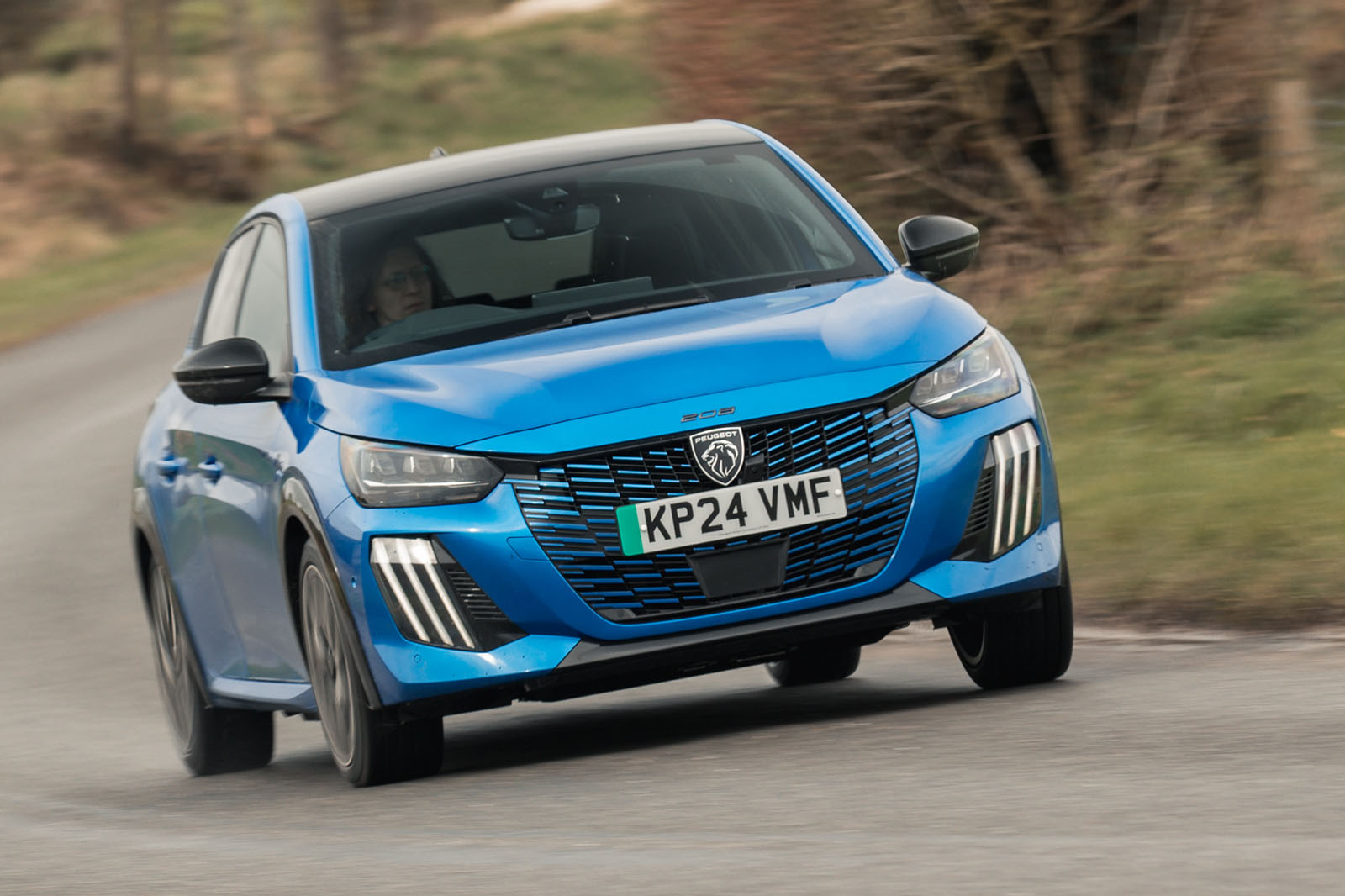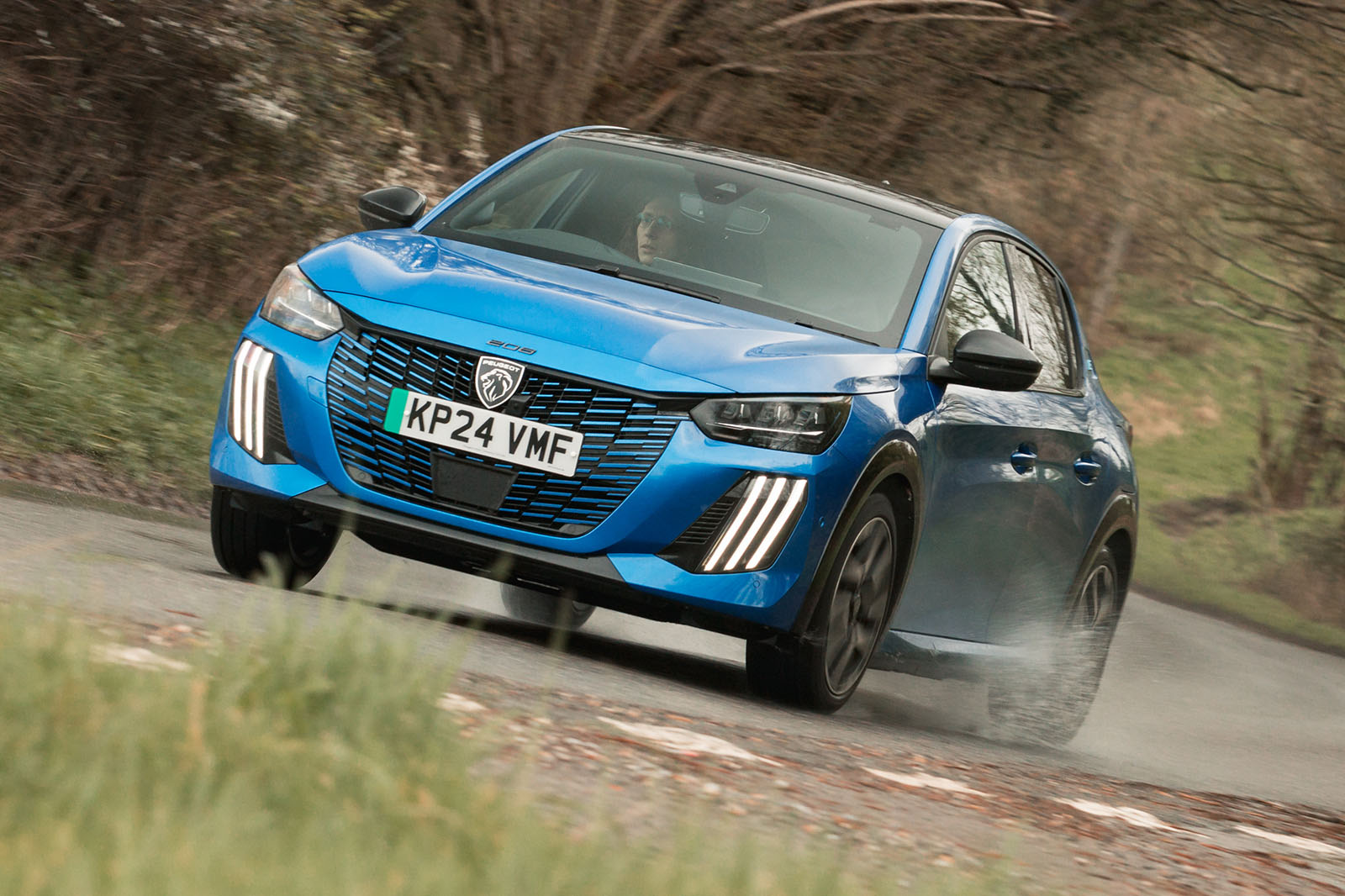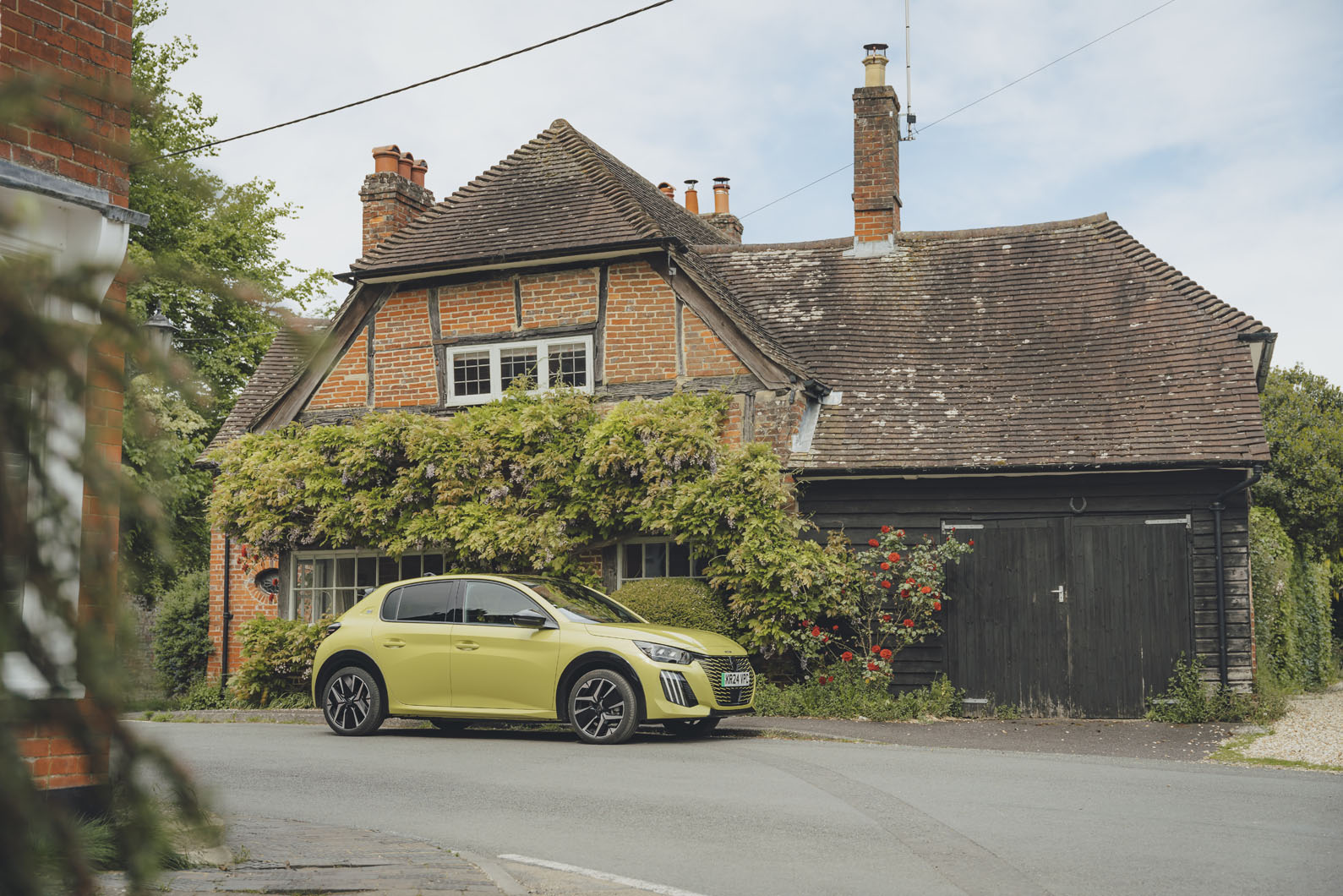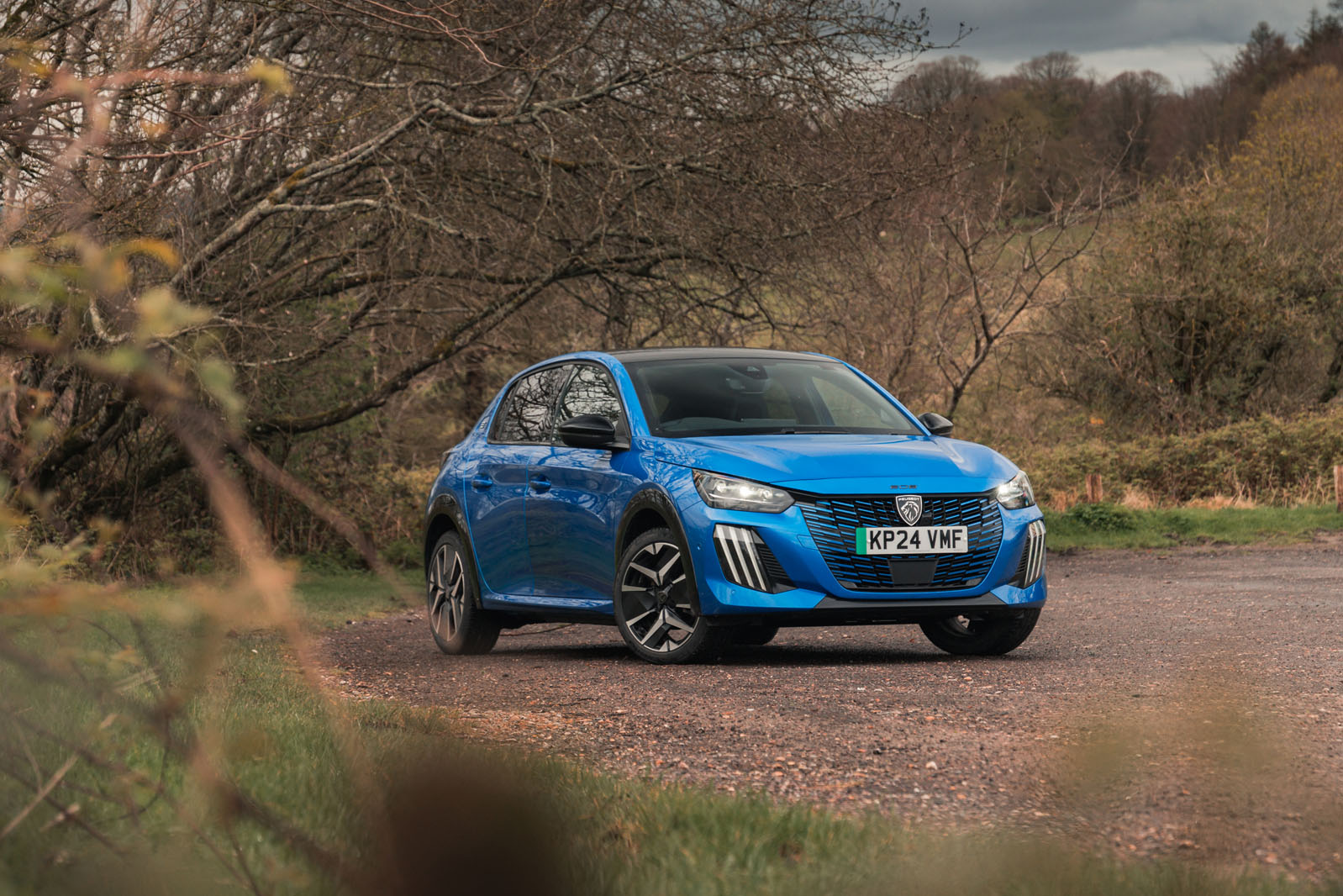We covered more than 4000 miles with the Peugeot e-208. Read the long-term review here.
Comfort and daily use:
I really enhoyed my time with this little hatch. Yes the iCockpit is a bit of a mess, but it is a great size, offers great efficiency and can be parked almost anywhere. The "sports" seats, too, are properly comfy too.
Space and storage
Look, this is a hatchback, so it's not the biggest of cars. But I could fit in four adults in relative comfort, so that's a plus for me. The 311-litre boot is good for everyday use. I've no complaints. However golfers, it's a back-seat-down job for the bag, I'm afraid.
Costs and value
Gone are the days of a cheap hatch. Our e-208 was specced in top GT trim and cost £32,850 - a lot of money for a small car. It averaged around 4.1 miles per kWh which meant we got around 217 miles out of the 51kWh battery, which was really good going. A small battery also meant a cheaper fill up, especially on public chargers.
Noises, rattles and faults
I found no issues with the e-208. Well-built.
Is it fun to drive?
Yes. I took it off motorways wherever possible. Its short wheelbase makes the e208 immensely chuckable (thanks also to the smaller steering wheel) and the immediate torque of the 154bhp single-motor gives the hatch a proper go-kart feel. You can’t really feel the extra weight of the battery.
Interior
Peugeot offers one of the best interiors going right now. In the e-208, thus quirky interior design ethos adds to the experience. I love the piano key-style physical buttons, the seats hug you and are brilliantly comfy, the infotainment is easy to use on the move, and - when taken on its own merit - the small wheel is great.
iCockpit
For me, it is just massively flawed. In my normal seating position I have the wheel just tall enough for my legs. In every other car? No issues. In the e-208? The wheel blocks the speedo. Instead I have to have the wheel almost resting on my thighs, which is uncomfortable.




